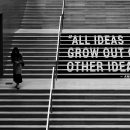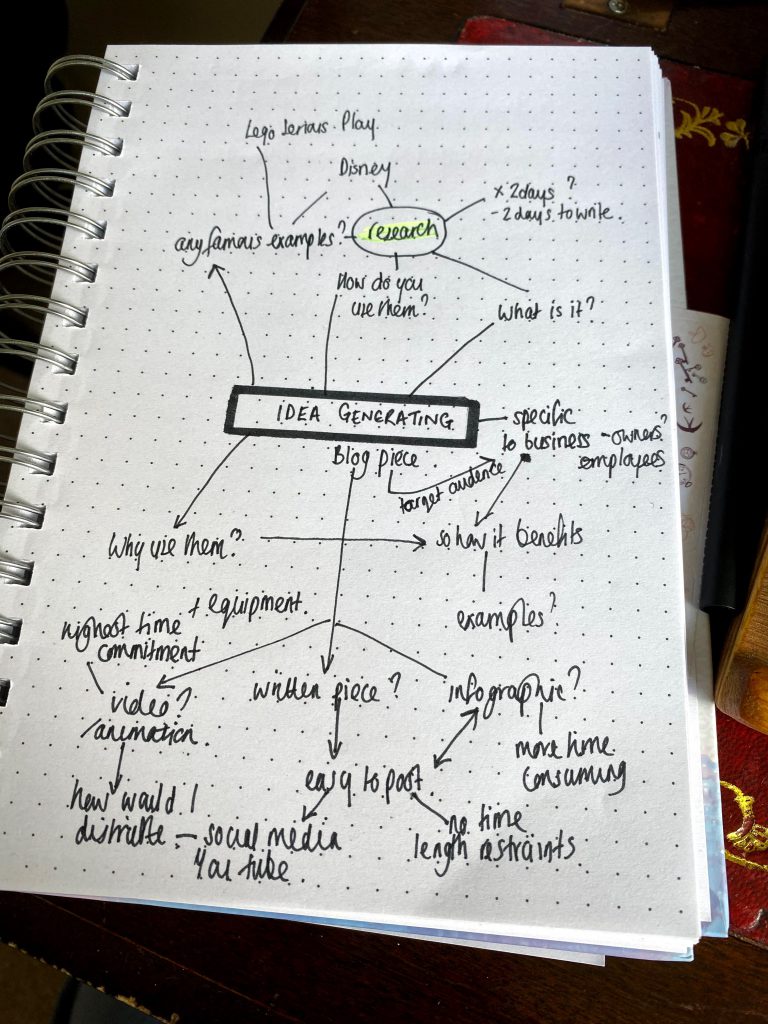
Tips for Generating New Business Ideas
Every business at some point is going to need to come up with new, fresh ideas for products or methods. Luckily there are several different techniques for idea generation that will help the process of developing, creating and communicating these concepts. Here’s just a few to get things started!
You could start with the basics. Just by asking who, what, where, when, why, and how you have begun to explore ideas.
If you want to borrow from masters of creative thinking you could follow Disney’s creative strategy developed by Robert Dilts in 1994. This technique involves using different types of thinking:
Daydreaming. A form of brainstorming where any ideas can be put forward.
Planning. Ideas are reviewed, the best ones chosen and plans constructed.
Constructive criticism. Take the plans and identify anything that is a weakness or a risk and improve it.
Similar to brainstorming, but more visual is Mind Mapping. This is where you begin with a central idea and draw a diagram consisting of branches away from the main idea to sub topics, which can then also be broken down further to go as deep as you need. Here is a map I made to explore ideas for this blog post.

Lateral Thinking is the process of looking at something from a different perspective. It is actually the way jokes are structured with the punchline not being what we expect and is therefore a good way to solve problems. It stops assumptions being made. Shifting a perspective, or reverse thinking (i.e considering how something should not be done) are other similar techniques.
Finally you could try the techniques listed in the acronym SCAMPER developed by Bob Eberle, an educational expert:
S –Substitute. If you were to swap a product or service with something else how does that affect the overall project?
C – Combine. Can you merge an idea, a stage of a process, or two products into one and improve things?
A – Adapt. Looking at ways of improvement and change. Could you adjust procedures? What could you change on a product to make it better?
M – Modify. If you modify a process or product will it improve results?
P – Put to another use. Can an existing product or service be used in a different market or area?
E – Eliminate. What parts of a process could be taken away that would improve the service or product?
R – Reverse. What would happen if you reversed a process?
If you know of any other idea generating tools that you have found successful let us know in the comments below
